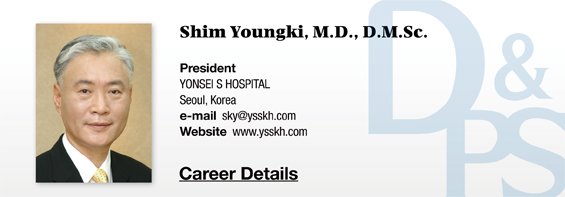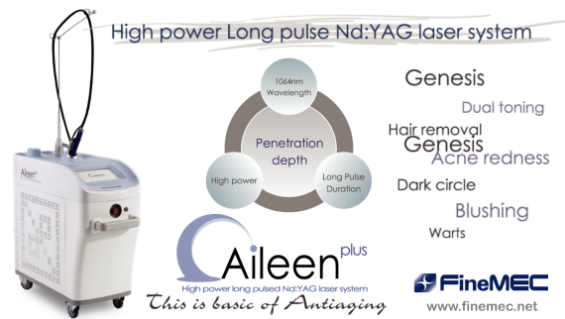▶ Previous Artlcle : #1-2. Definition of Varicose Veins
The primary function of the veins is to transport blood from peripheral capillaries to the heart. Veins have an intricate valve system that guide the blood flow in one direction. These valves give the veins a function of a small pumping unit that directs the blood current against the pull of gravity toward the heart in an upright body. Impairment of this function causes a serious problem in the venous system. Veins carry out four important functions; 1) conduit vessels, 2) thermal regulation, 3) capacitance vessels and 4) musculovenous pump.
[Advertisement] ▶ Aileen plus(Long pulsed Nd:YAG Laser) – Manufacturer: FineMEC(www.finemec.net)
Conduit Function
The total cross-sectional area of a vein in a single locality is two to three times larger than that of an artery in the same area. Therefore, the vascular resistance of the venous system is relatively low. Considering the total peripheral resistance against cardiac output as 100%, the post-capillary resistance or the venous resistance is only 10-16%.
Structurally, the normal venous system belongs in the low pressure system. This is due to the influence of the precapillary resistance. The hydraulic pressure of blood entering the veins is at most 15mmHg. Additionally, the relatively large cross-sectional area of the vein also reduces the pressure. Therefore, the hydraulic pressure gradient between the right atrium and venous capillaries can be maintained at 10mmHg or lower.
In a standing position of the human body, the hydrostatic pressure is added to the hydraulic pressure. Here, hydrostatic pressure refers to the downward gravitational pull from the right atrium. In a stationary state, the hydrostatic pressure of peripheral veins rises in direct proportion to the vertical distance from the right atrium. Contrarily, with the right atrium as the starting point, areas above the phlebostatic axis do not experience negative pressure but the thin vein walls adhere together to block the blood flow and effectively prevent a siphon in the blood from higher locations. Therefore, in the dynamics of venous pressure, static pressure exists below the right atrium but the hydraulics differ above the right atrium.
Besides the phlebologic principles of blood columns, blood vessels are additionally influenced by three important dynamic factors. The first is the pressure wave discharged into veins by the heartbeat. The second is the impact on venous pressure of the respiratory cycle within the thorax. The third is the impact of musculovenous pump activated by the muscle contraction in limbs. These various hemodynamic influences simultaneously act on the venous pressure. These hemodynamic factors form the basis of measuring changes in venous blood flow with limb plethysmography.

Thermal Regulation Function
Veins distributed within or underneath the skin regulate the body temperature. Along with pulmonary capillaries, and sweat glands, etc., the superficial veins play an important role in thermoregulation. These superficial veins are sensitive to sympathetic nerve stimulation and contract or dilate to control the blood volume, thereby serving as a thermoregulating barrier between the ambient temperature and the core body temperature.
Blood vessels provide heat to the body as a radiator does to a room. Veins regulate the body temperature between the external temperature and the temperature of the body core, or arterial blood, as well as conduct heat. Deep veins and adjacent arteries exchange heat energy with each other. The blood flow in hands and feet is directed by venous valves to circulate the superficial veins so that the heat is distributed to the very extremities of the body.
-To be continued-
▶ Next Artlcle : #2-2. Functions of the Venous System





















